What Does It Mean to Draw Like a Child Again?
As adults, we often forget the pure, unfiltered joy of making art without rules, expectations, or fear of judgment. To draw like a child again is to return to a place of creative freedom—where scribbles are masterpieces, colors don’t need to stay inside the lines, and imagination is the only guide. This post explores how to reconnect with that playful mindset, why it matters, and how it can transform your artistic practice.
To draw like a child again means letting go of perfectionism, technical constraints, and self-criticism. It’s about embracing spontaneity, boldness, and emotional honesty. Children don’t worry about perspective or proportion—they draw what they feel, not just what they see.
This approach isn’t about regressing in skill; it’s about reclaiming creative authenticity. It invites you to explore art as play, not performance.
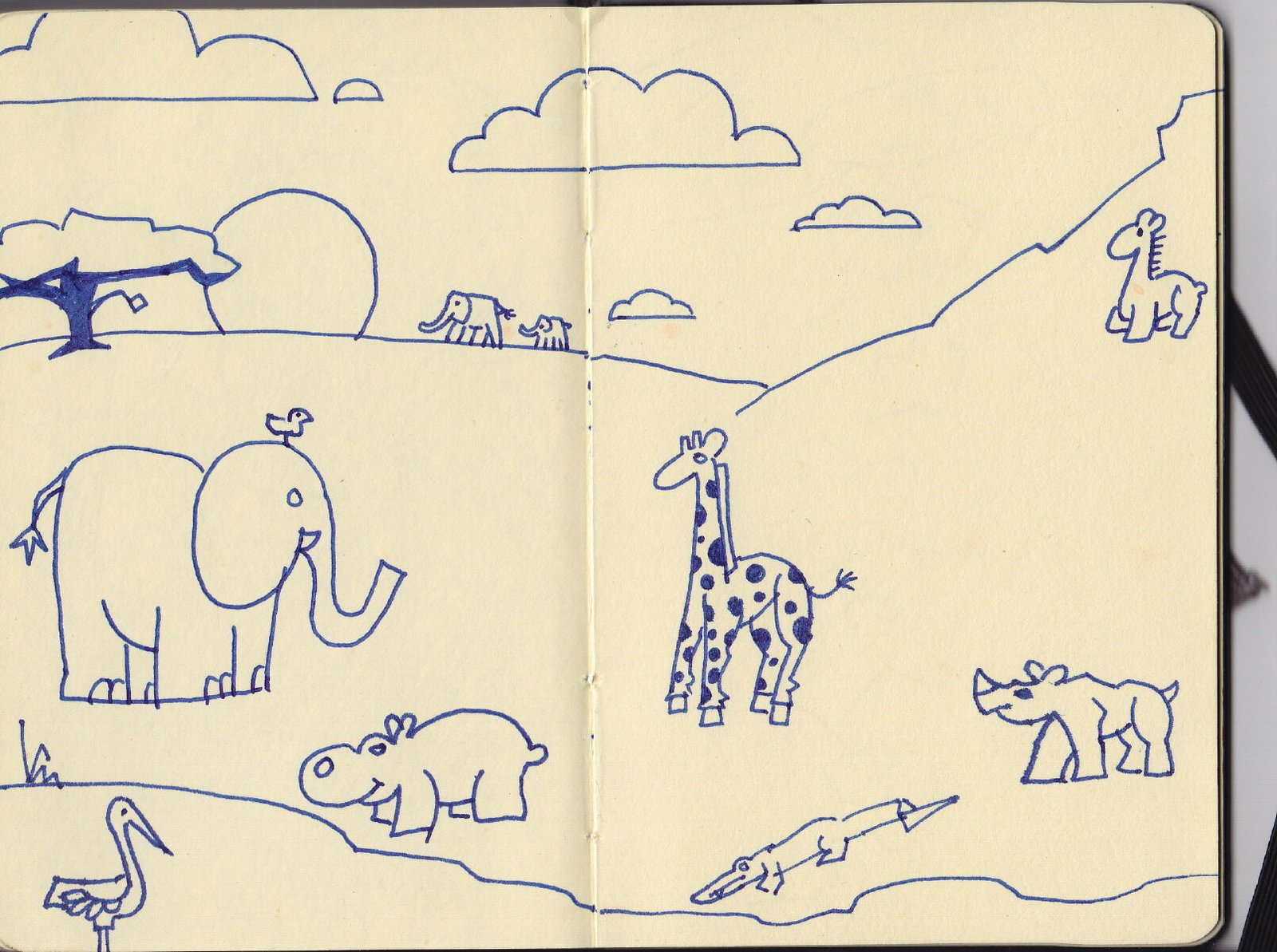
credit: BWGUNNER
Why You Should Reconnect with Childlike Drawing
Rediscovering Joy Through Simplicity
Childlike drawing isn’t about abandoning skill—it’s about reclaiming freedom. It invites you to return to a time when creativity was instinctive, joyful, and unfiltered. Children draw because it feels good, not because it looks perfect. By reconnecting with that mindset, you can reignite your passion for art, break through creative blocks, and rediscover the emotional core of your practice.
This approach is especially powerful for artists who feel stuck, burnt out, or overly critical. It’s a way to reset—to remember why you started drawing in the first place.
Reignite Creative Joy
Make Art Feel Fun Again
Children draw with abandon. They don’t second-guess their choices or worry about technique—they follow curiosity. Reconnecting with that joy can:
- Help you overcome creative burnout
- Restore a sense of play in your process
- Make drawing feel like a reward, not a task
When art becomes fun again, your motivation returns naturally.
Silence the Inner Critic
Create Without Judgment
Drawing like a child helps you bypass the voice that says “this isn’t good enough.” Instead of chasing approval, you create for the sake of expression. This shift:
- Reduces anxiety around perfection
- Encourages emotional honesty
- Builds a safe space for experimentation
Letting go of judgment opens the door to authentic creativity.
Unlock New Ideas
Let Spontaneity Lead
Childlike drawing encourages you to explore without a plan. You’ll stumble into:
- New shapes and visual languages
- Characters with unexpected charm
- Stories that emerge from playful marks
These discoveries often wouldn’t surface through rigid technique alone. Spontaneity becomes a source of innovation.
Build Emotional Resilience
Confidence Through Imperfection
Letting go of control and embracing imperfection teaches you to trust your instincts. Mistakes become part of the process—not something to fear. This mindset:
- Builds confidence in your creative voice
- Strengthens your ability to adapt and recover
- Reinforces the idea that growth comes from trying, not perfecting
Drawing like a child is a practice in emotional flexibility. It reminds you that art is a journey, not a performance.
How to Draw Like a Child Again
Let Go to Let In
Drawing like a child isn’t about forgetting what you’ve learned—it’s about releasing control so that curiosity, emotion, and spontaneity can take the lead. Children draw with fearless joy. They don’t hesitate, overthink, or self-edit. They dive in, make bold choices, and let the story unfold as they go.
This mindset can be a powerful reset for artists of any level. It invites you to rediscover the magic of mark-making, to play without pressure, and to reconnect with the part of you that creates for the sheer delight of it.
Use the “Wrong” Tools
Reduce Control, Increase Surprise
Reach for tools that feel awkward or unfamiliar—your non-dominant hand, oversized crayons, chunky markers, or even sidewalk chalk. These materials:
- Limit precision, which encourages expressive movement
- Break habits tied to perfectionism
- Invite playful textures and unexpected outcomes
When control slips away, creativity steps in.
Set a Timer
Create Under Pressure (The Good Kind)
Give yourself just 2–5 minutes to complete a drawing. The time limit forces you to:
- Focus on gesture and emotion, not detail
- Make quick decisions without second-guessing
- Accept imperfection as part of the process
This technique is great for warm-ups or breaking through creative blocks.
Draw Without a Plan
Let the Page Lead You
Start with a random squiggle, shape, or splash of color. Then ask: What could this become? Let the drawing evolve organically. This approach:
- Encourages improvisation and visual storytelling
- Builds confidence in your instincts
- Often leads to delightful surprises
No blueprint, no pressure—just pure exploration.
Embrace Nonsense
Make the Impossible Visible
Children draw flying cats, rainbow trees, and upside-down houses without hesitation. You can too. Try:
- Combining unrelated objects (a toaster with wings, a giraffe in space)
- Inventing imaginary creatures or dreamscapes
- Drawing emotions as characters or environments
The goal is to surprise yourself and laugh a little along the way.
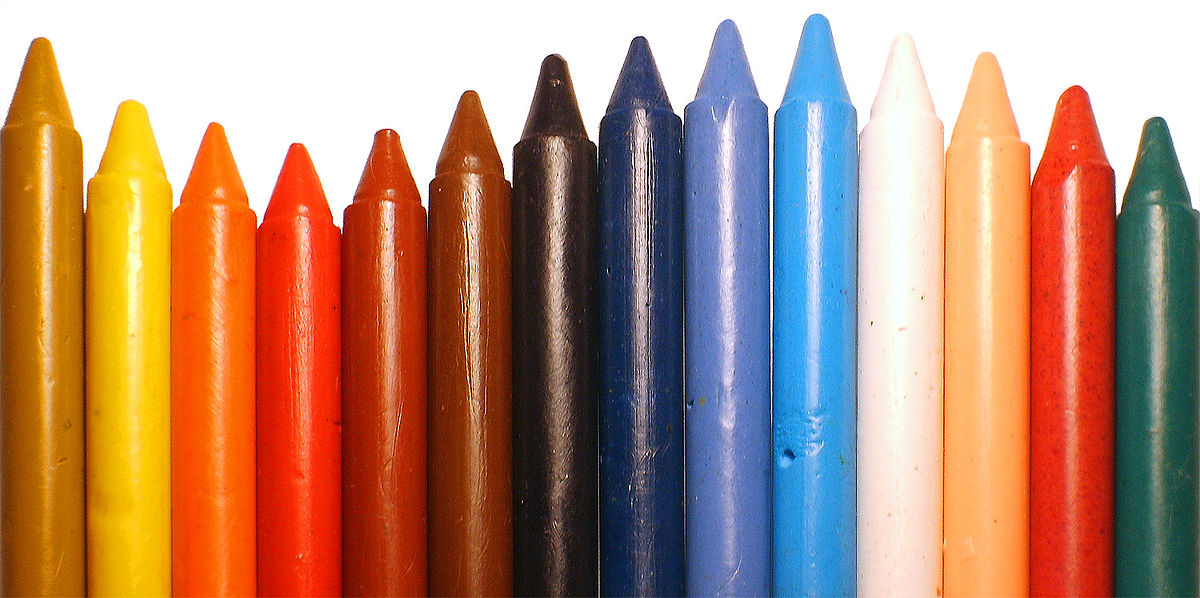
Use Bold, Unblended Color
Paint with Joy, Not Rules
Children love unapologetic color—bright, clashing, and full of energy. Fill your page with:
- Vibrant hues that defy realism
- Scribbled rainbows and neon shadows
- Color choices based on feeling, not logic
Forget blending. Forget harmony. Just feel it and fill it.
Tell a Story
Let Your Drawing Speak
Children often narrate their drawings aloud, adding voices, sound effects, and plot twists. You can do the same by:
- Adding speech bubbles or sound effects
- Writing a short caption or title
- Creating a comic-style sequence or illustrated diary entry
This turns your sketch into a living moment—part drawing, part performance.
Sketchbooks.org | VISUAL RESEARCH HUB
Draw Like a Child Sketches
Visual research is critical for any creative endeavor. We have compiled specialized links to lead you directly to images, videos, and inspiration for "Draw Like a Child Sketches" across the web's best visual search platforms.
Creative Prompts to Spark Childlike Drawing
- Draw your breakfast as a superhero
- Invent a creature with five eyes and no legs
- Create a map of an imaginary island
- Draw your favorite emotion as a monster
- Illustrate a dream you had as a kid
- Make a comic strip with stick figures and silly dialogue
- Draw a self-portrait using only shapes and patterns
How This Practice Benefits Artists of All Levels
- Improves creative flexibility by breaking habitual patterns
- Encourages risk-taking in composition and subject matter
- Strengthens visual storytelling through playful exploration
- Reduces creative anxiety by removing pressure to perform
- Reinforces daily drawing habits through low-stakes engagement
Whether you’re a professional illustrator or a casual sketchbook keeper, drawing like a child again can refresh your perspective and deepen your connection to your art.

Sketchbooks.org | ART REPORTING | NEWS
Betty Edwards Books for Artists | Unlocking Creativity Through Drawing and Perception
Understanding the Impact of Betty Edwards’ Work If you're an artist seeking to unlock the intuitive side of your creativity, Betty Edwards Books for Artists deliver some of the most transformative methods in the world...
Frequently Asked Questions
What does it mean to draw like a child again?
It means creating art with spontaneity, joy, and freedom—without worrying about rules or perfection.
Is this technique only for beginners?
Not at all—artists of all levels can benefit from reconnecting with playful, intuitive drawing.
How do I stop overthinking my drawings?
Use time limits, unusual tools, or silly prompts to bypass your inner critic and stay in the moment.
Can I still improve my skills while drawing like a child?
Yes—this approach builds confidence, creativity, and emotional expression, which support technical growth.
What materials should I use?
Try crayons, markers, finger paints, or anything that feels fun and freeing.
How often should I practice this?
Even once or twice a week can help loosen up your style and refresh your mindset.
Can I use this method in my professional work?
Absolutely—many artists incorporate childlike elements into their style for emotional impact and originality.
Final Thoughts
To draw like a child again is to remember why you started drawing in the first place: for joy, curiosity, and the thrill of making something from nothing. It’s not about skill—it’s about spirit. When you let go of the rules and embrace simplicity, you open the door to deeper creativity and authentic expression.
So grab your sketchbook, forget the “right” way to draw, and let your imagination lead the way. Your inner child is waiting—with crayons in hand and a story to tell.
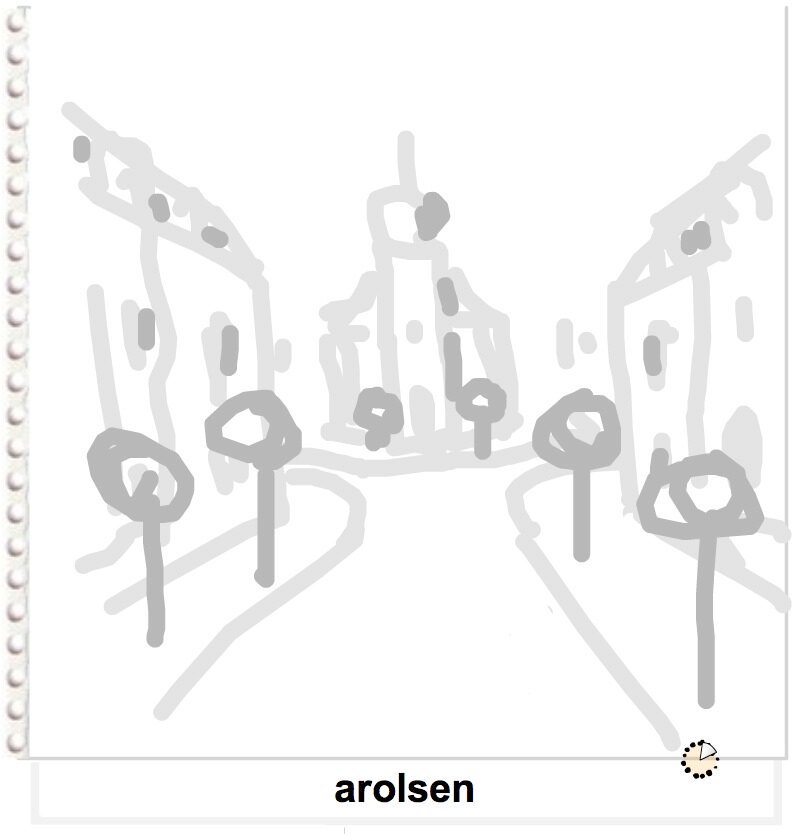
credit: ONLINESKETCHPAD
Ready to Share Your Work?
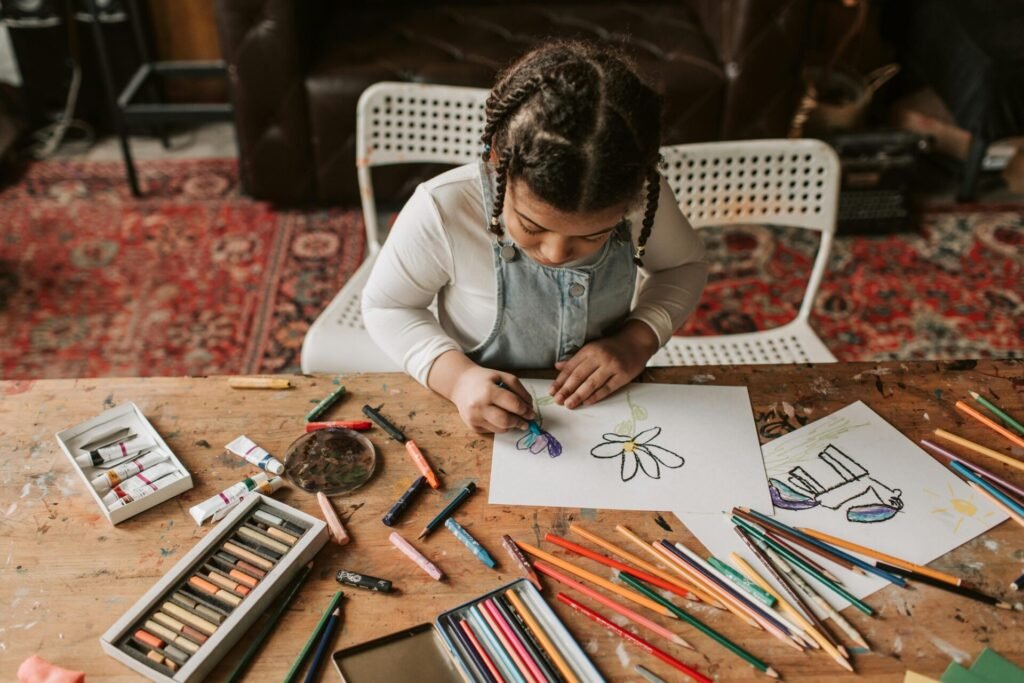
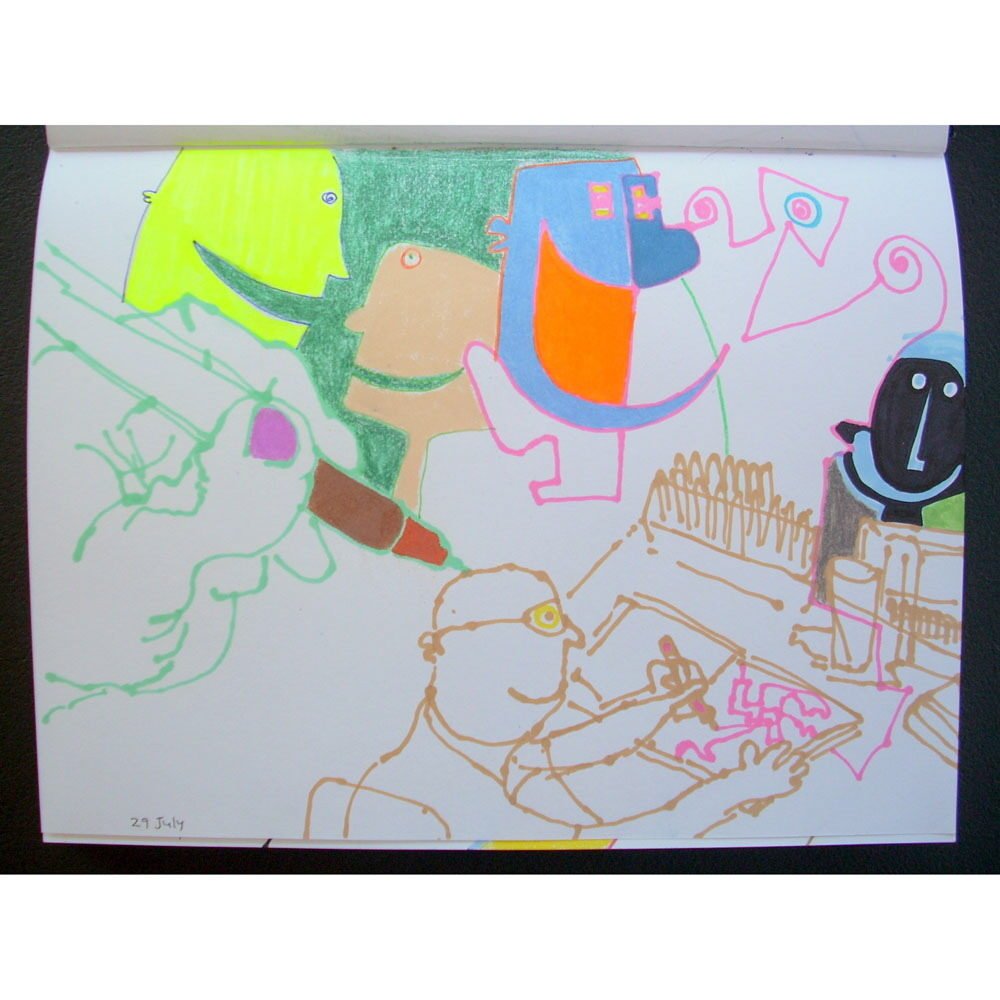
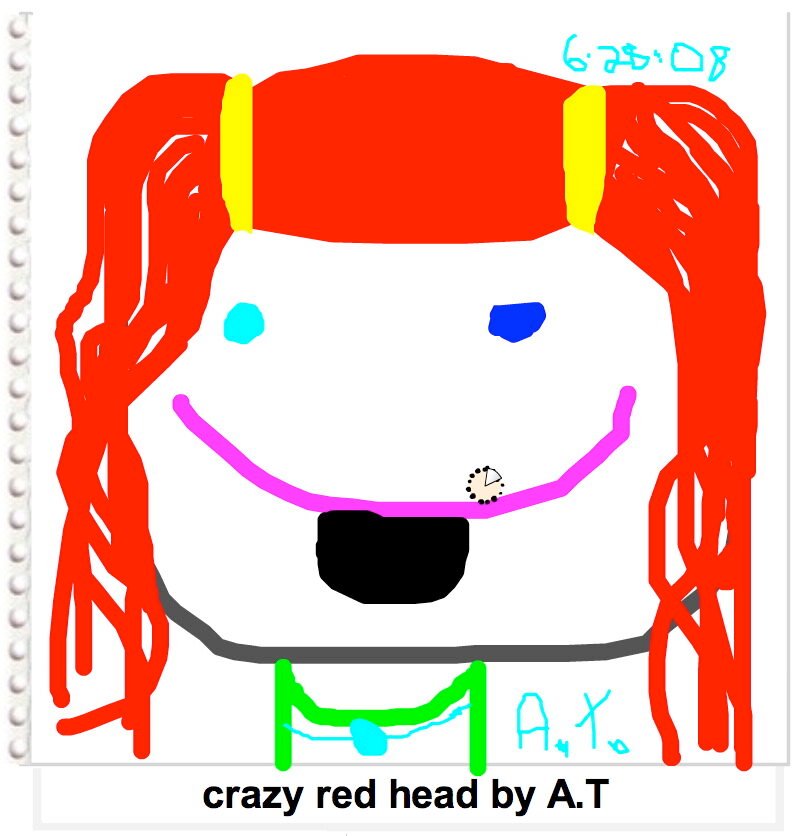

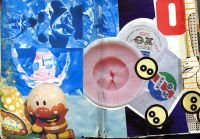
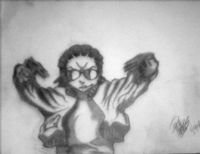

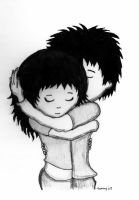

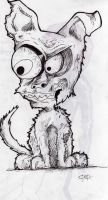


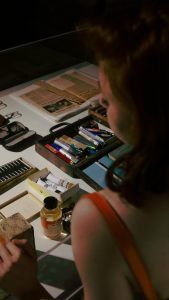
I read this and immediately grabbed crayons. No regrets.
This made me nostalgic for my first sketchbook—wonky houses and purple suns.